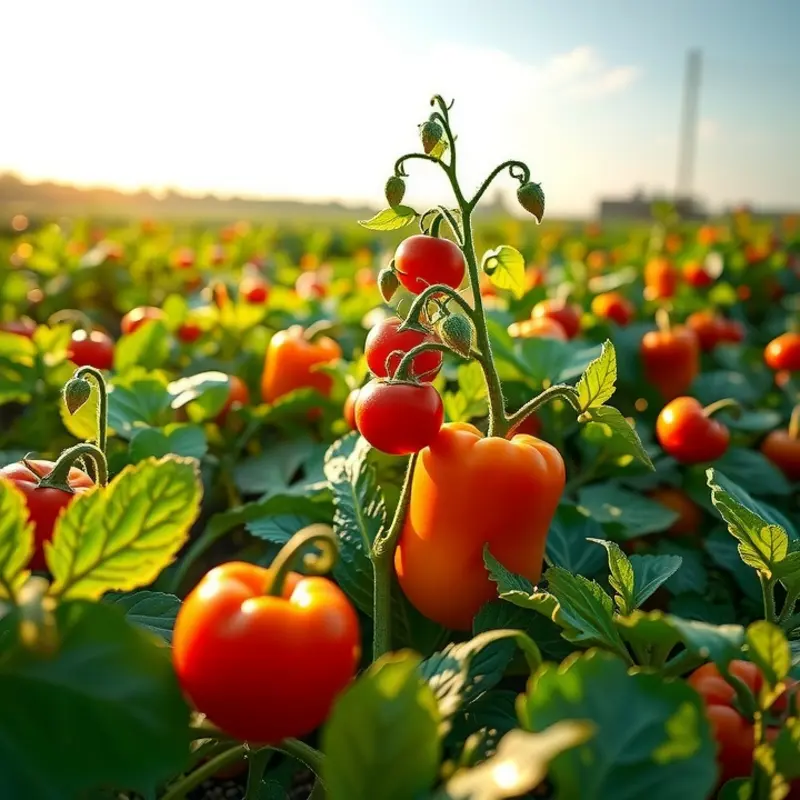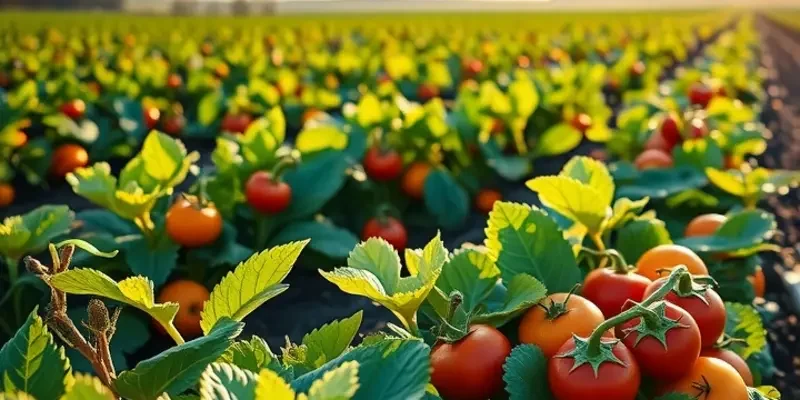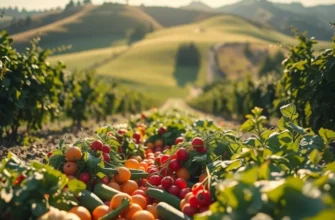Deglazing is a vital technique in cooking that can enhance the depth and flavor of your dishes. This method involves adding liquid—such as wine—to a hot pan after cooking meat or vegetables, freeing the caramelized bits stuck to the bottom. By using wine, you not only create a rich sauce but also infuse your food with complex flavors. Whether you’re a beginner or a seasoned cook, mastering deglazing can revolutionize your culinary prowess and elevate everyday meals into extraordinary experiences.
The Basics of Deglazing: Why It Matters

Deglazing is a fundamental culinary technique that adds depth and richness to your dishes. At its core, deglazing involves adding liquid to a hot pan to lift bits of caramelized food, known as fond, stuck to the bottom. These bits are flavor goldmines; they’re concentrated and packed with the essence of the ingredients you’ve cooked.
Incorporating deglazing into your cooking routine is simple, yet transformative. The process begins after you’ve seared or sautéed ingredients such as meats or vegetables. The high heat creates a savory crust through the Maillard reaction, which lays the flavor groundwork. Once you’ve removed your main ingredient from the pan, leave any fond in place, as this will form the base of your sauce.
Pour a small amount of liquid—typically wine, stock, or even water—into the hot pan. The liquid’s introduction dissolves the fond and infuses the mixture with its flavors. By turning up the heat, you accelerate the evaporation of the liquid, concentrating both its flavors and those of the fond. This process results in a sauce that is not only rich and flavorful but also uniquely tied to the dish you are preparing.
Deglazing with wine can elevate your culinary creations. Wines are naturally acidic and bring a layer of complexity to sauces, balancing richness with brightness. The alcohol in wine also helps to release more flavor compounds from the fond than water alone. Choosing the right wine is crucial; white wines often complement lighter meats and vegetables, while red wines can enhance the robustness of beef or lamb dishes.
Timing and preparation are key. It’s best to deglaze while your pan is still hot but not burning. This rapid release of steam also helps in lifting the fond effectively. Preparing the liquid in advance allows you to focus on the pan’s reaction without scrambling at the last minute.
Understanding and implementing deglazing adds a professional touch to home-cooked meals. Not only does it enhance taste and consistency, but it also transforms fond into a versatile base for countless sauces, making your meals a feast for the senses. By mastering the basics of deglazing, you set the stage for culinary creativity and can start experimenting with more advanced techniques that incorporate wine.
For additional tips on incorporating flavor into your dishes without excessive salt, you might find this guide on flavor boosters useful. As you explore the art of deglazing, remember that practice and experimentation will enhance your skills, enabling you to impress at any meal with rich, flavorful sauces.
Step-by-Step: How to Deglaze with Wine

The process of deglazing revolves around transforming the caramelized bits left in a pan into a rich, complex sauce. Here is a step-by-step guide that will help you master the art of deglazing with wine, elevating your cooking to new heights.
Choose the Right Wine
It all begins with selecting a suitable wine. Both red and white wines can be used for deglazing, but the choice depends on the dish. Red wine adds depth and is ideal for beef dishes and stews. White wine provides a delicate flavor, making it perfect for chicken, pork, and seafood. Remember, your cooking wine should be drinkable; cheap or low-quality wine can result in an unpleasant taste.
Prepare the Pan
After searing or roasting your protein or vegetables, you’ll notice browned bits, known as fond, stuck to the pan. This is the foundation of your sauce. Remove the cooked items and keep the pan on medium-high heat.
Timing is Key
Timing is crucial in deglazing. Don’t allow your fond to overcook or burn, as this can lead to bitterness. As soon as you remove your protein or vegetables, it’s time to deglaze.
Add the Wine
With the pan still hot, pour the wine slowly, usually about half a cup, depending on the pan’s size. Hold the pan handle steady to avoid spills. The liquid should sizzle and steam as it hits the hot pan, a sign that you’re doing it right.
Deglaze
Using a spatula, preferably wooden or silicone to protect the pan, scrape the fond from the pan bottom. These bits are packed with flavor, so take your time. Continue scraping and stirring until the fond dissolves into the liquid.
Reduce the Sauce
Allow the wine to simmer and reduce by about half. This concentrates the flavors, which is the essence of a good sauce. Reduction times can vary but usually take about 5-10 minutes. Taste as you go to ensure it doesn’t become overly rich.
Incorporate the Sauce
The resulting sauce is an umami-packed liquid that can be incorporated back into your dish. Pour it over meats, stir it into stews, or use it as a finishing touch on vegetables. For a smoother texture, you can pass the sauce through a fine-mesh sieve.
Enhance with Additional Ingredients
Enhance your sauce by whisking in cold butter for silkiness or adding herbs for extra aroma. The choice of additions depends on your dish and personal preference.
Once you master these steps, the nuanced flavors of your dishes will truly stand out. If you are interested in incorporating minimal prep techniques with your deglazing skills, explore our minimal prep dinner ideas for more inspiration.
Final words
By learning to deglaze with wine, you can elevate your culinary creations from ordinary to extraordinary. This technique not only enhances the flavor of your dishes but offers you the opportunity to experiment with various wines and ingredients. Keep practicing, and soon, deglazing will become second nature in your cooking routine. Remember, every dish has a unique story to tell through its flavors, and deglazing is a beautiful way to capture that essence. Embrace the simplicity of this skill and enjoy the delicious results!







